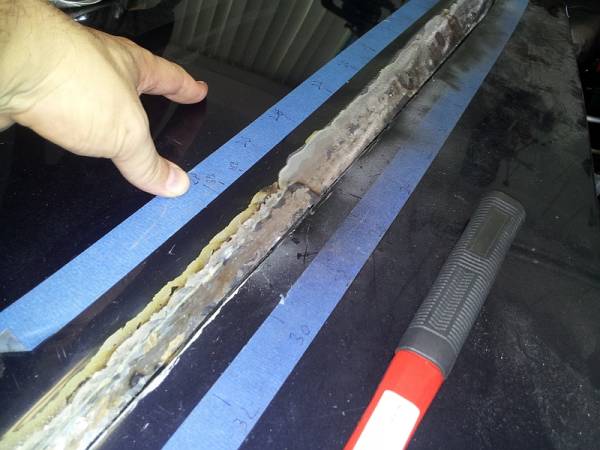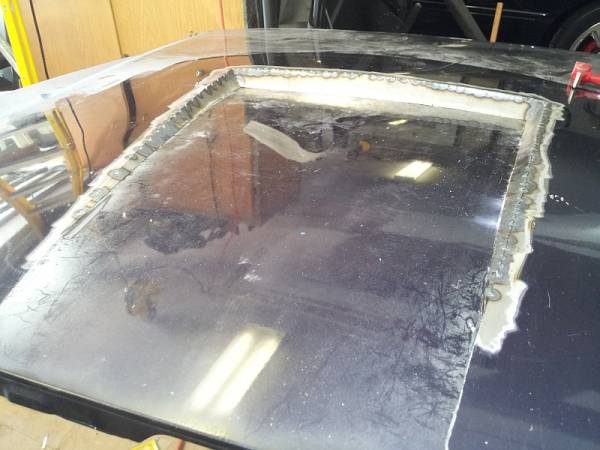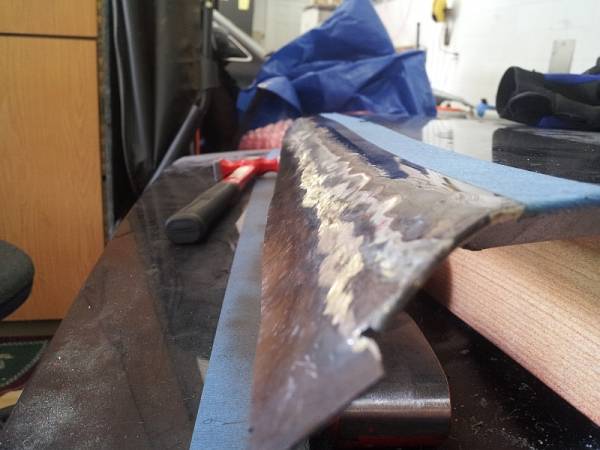Otto Nobedder wrote:I think most "auto body" people have forgotten the definition of the word, "planish."
Look it up, learn to do it, and the debate goes away.
That extra metal can be used to your advantage, and it doesn't matter which process deposited it.
Steve S
I would tend to agree and disagree a little.
"Modern" repairs are often patched-in after a step is created with an air flange tool.
Then either tacked in or glued with a special two part epoxy.
Few people pound on anything anymore with the pre-formed repair panels so easily purchased.
The guy that paints my stuff can do either method, but time costs money - so I always have the fastest method done.
(I rarely do any body work since I can't paint anyway)
Oxy fuel wire is generally 45k while tig is usually 70k wire.
The oxy fuel wire is easier to grind, pound, and shape.
In my opinion of course

Dave J.
Beware of false knowledge; it is more dangerous than ignorance. ~George Bernard Shaw~
Syncro 350
Invertec v250-s
Thermal Arc 161 and 300
MM210
Dialarc
Tried being normal once, didn't take....I think it was a Tuesday.








